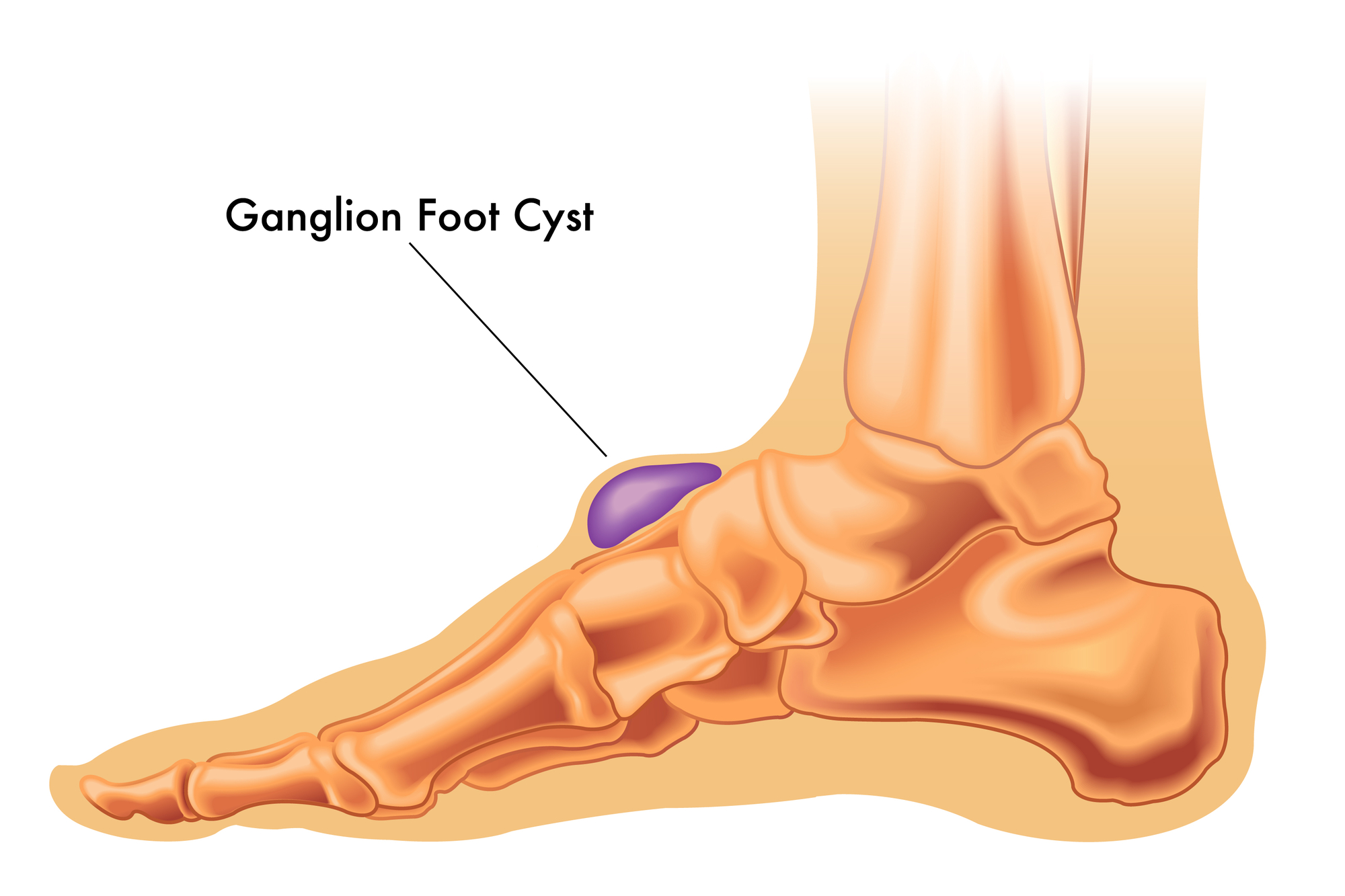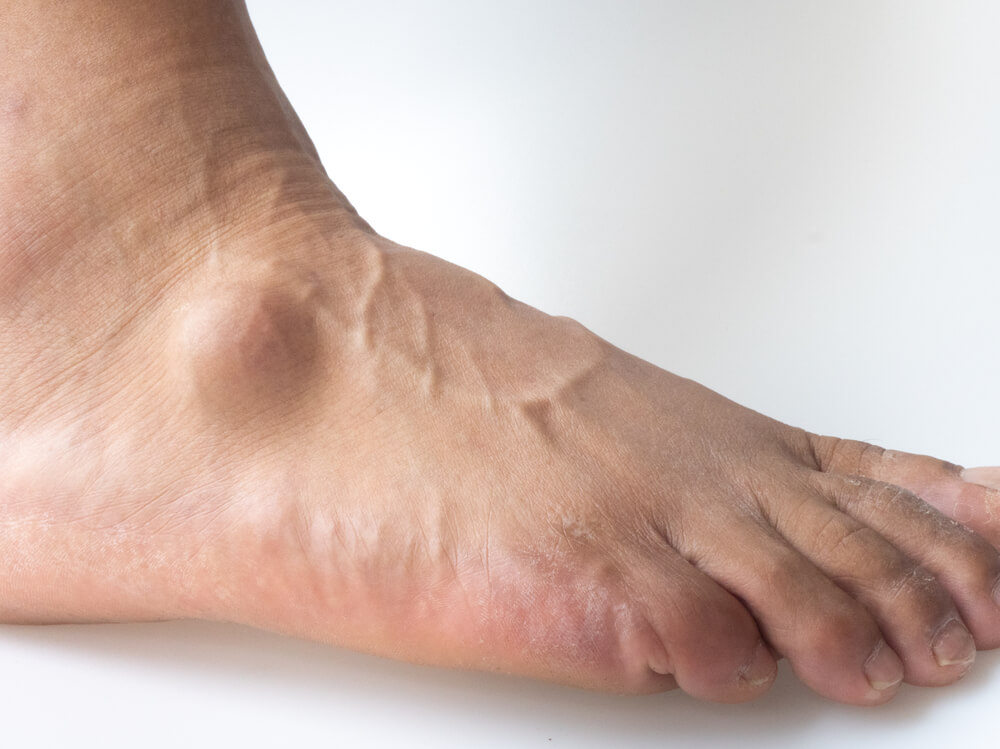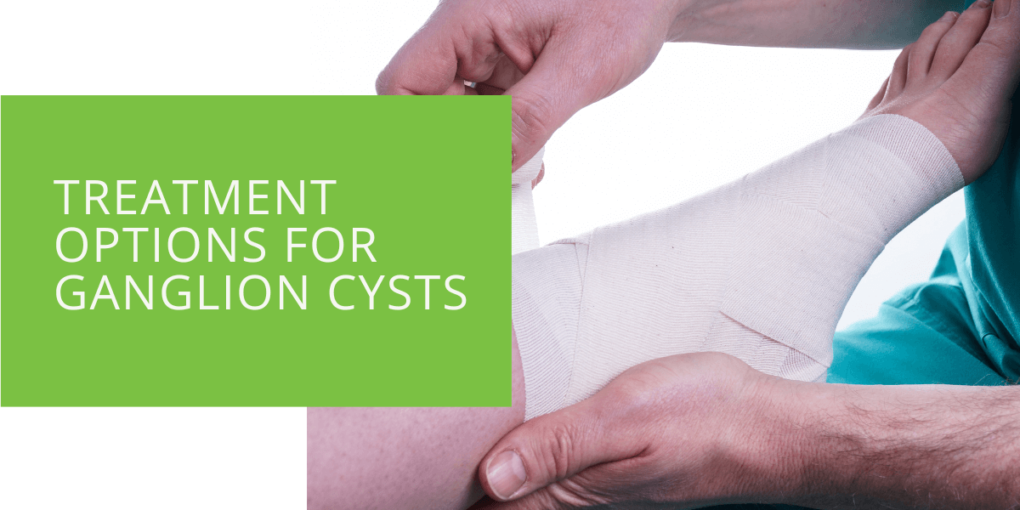Treatment Options for Ganglion Cysts
If you have noticed a lump on your wrist or foot causing pain or discomfort, you may suffer from a ganglion cyst. These cysts are fluid-filled sacs that develop near joints or tendons and are often benign. While ganglion cysts can go away on their own, treatment options are available to help alleviate the pain and discomfort they may cause. This article will explore the various treatment options for ganglion cysts.
Causes and Symptoms of Ganglion Cysts
Ganglion cysts can develop anywhere in the body but are most commonly found on the wrist and foot. The exact cause of ganglion cysts is unknown, but they are believed to be caused by an irritation or injury to a joint or tendon. Symptoms of ganglion cysts may include a visible lump or swelling, pain, discomfort, or a tingling sensation in the affected area.
Diagnosis of Ganglion Cysts
If you suspect a ganglion cyst, seeing a podiatrist or orthopedic surgeon for a proper diagnosis is important. A physical examination is usually the first step in diagnosing a ganglion cyst. In some cases, an imaging test such as an X-ray or MRI may be ordered. If necessary, your doctor may use a needle to aspirate fluid from the cyst for further examination.

Conservative Treatment Options for Ganglion Cysts
Observation
If your ganglion cyst is not causing pain or discomfort, your doctor may recommend observation. This approach involves monitoring the cyst for changes and may be appropriate for small cysts that do not interfere with daily activities.
Immobilization
Immobilization involves using a splint or brace to restrict the movement of the affected joint. This can help to reduce irritation to the joint or tendon and may be appropriate for larger cysts that cause pain or discomfort.
Ice and Heat Therapy
Ice and heat therapy can also reduce pain and swelling associated with ganglion cysts. Ice can help to numb the affected area and reduce inflammation, while heat can help to improve blood flow and reduce stiffness.
Aspiration
Aspiration involves using a needle to remove fluid from the cyst. This approach may be appropriate for larger cysts that cause pain or discomfort. However, the cyst may return in some cases.

Surgical Treatment Options for Ganglion Cysts
Excision
Excision involves the complete removal of the ganglion cyst through a small incision. This approach is appropriate for larger cysts that cause pain or discomfort or do not respond to other treatment options. The procedure is usually performed under local anesthesia and can be done, outpatient.
Arthroscopy
Arthroscopy is a minimally invasive procedure that involves inserting a small camera into the affected joint to visualize the cyst. The cyst is then removed through small incisions. This approach may be appropriate for larger cysts located deep in the joint or tendon.
Laser Treatment
Laser treatment involves the use of a high-energy laser to remove the cyst. This approach may be appropriate for smaller cysts near the skin's surface. It is a quick and effective treatment option that does not require stitches.
Recovery and Rehabilitation after Treatment
Recovery after treatment for a ganglion cyst usually involves rest and immobilization. Rehabilitation exercises may be recommended to promote mobility and flexibility in the affected joint or tendon. Your doctor may also recommend using anti-inflammatory medication to reduce pain and swelling.
Conclusion
Ganglion cysts are a common musculoskeletal condition that can cause pain, discomfort, and tingling in the affected area. While they are usually benign and can go away on their own, treatment options are available to alleviate pain and reduce the risk of recurrence. Depending on the cyst's size, location, and symptoms, a podiatrist or an orthopedic surgeon may recommend observation, immobilization, aspiration, or surgical removal.
If you suspect a ganglion cyst, seeking professional medical advice for a proper diagnosis and treatment plan is important. Your doctor can evaluate the severity of the cyst and recommend an appropriate treatment option based on your individual needs.
If you have any foot or ankle conditions that may require medical attention, consult a podiatrist who can help you understand your options and provide the care you need to get back on your feet.

